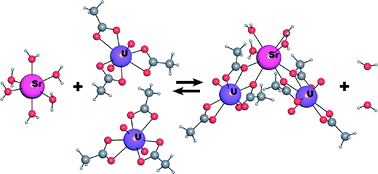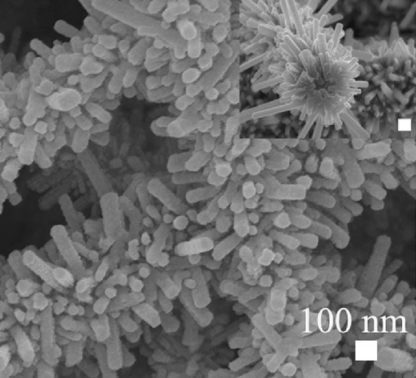We have our year end batch of HOT articles which are free to access for 4 weeks. These have also been compiled into a collection and are available for viewing on our website.
A 3D porous supramolecular architecture via π–π assembly of 2D metal–organic frameworks (MOFs): structure-versus-luminescence reversibility and gas adsorption properties
Chih-Chieh Wang, Gia-Bin Sheu, Szu-Yu Ke, Chi-Yang Shin, Yu-Jen Cheng, Yi-Ting Chen, Chia-Hsing Cho, Mei-Lin Ho, Wen-Tin Chen, Ru-Hsio Liao, Gene-Hsiang Lee and Hwo-Shuenn Sheu
CrystEngComm, 2015, Advance Article
DOI: 10.1039/C4CE01849D
Free to access until 6th January 2015
Flux-mediated crystal growth of metal oxides: synthetic tunability of particle morphologies, sizes, and surface features for photocatalysis research
Jonathan Boltersdorf, Nacole King and Paul A. Maggard
CrystEngComm, 2015, Advance Article
DOI: 10.1039/C4CE01587H
Free to access until 6th January 2015
Trinuclear {Sr[UO2L3]2(H2O)4} and pentanuclear {Sr[UO2L3]4}2− uranyl monocarboxylate complexes (L-acetate or n-butyrate ion)
Anton V. Savchenkov, Vladislav V. Klepov, Anna V. Vologzhanina, Larisa B. Serezhkina, Denis V. Pushkin and Viktor N. Serezhkin
CrystEngComm, 2015, Advance Article
DOI: 10.1039/C4CE02103G
Free to access until 1st January 2015
Bulk crystal growth of hybrid perovskite material CH3NH3PbI3
Yangyang Dang, Yang Liu, Youxuan Sun, Dongsheng Yuan, Xiaolong Liu, Weiqun Lu, Guangfeng Liu, Haibing Xia and Xutang Tao
CrystEngComm, 2015, Advance Article
DOI: 10.1039/C4CE02106A
Free to access until 1st January 2015
















 Rachel Coulter is currently working on a PhD at the University of Liverpool investigating near infrared absorbing materials. Her interests include solvothermal synthesis, optical applications of inorganic compounds and synthesis of nanoparticles. She received an MChem from the University of Edinburgh in 2011, which included an Erasmus year in Lille, France.
Rachel Coulter is currently working on a PhD at the University of Liverpool investigating near infrared absorbing materials. Her interests include solvothermal synthesis, optical applications of inorganic compounds and synthesis of nanoparticles. She received an MChem from the University of Edinburgh in 2011, which included an Erasmus year in Lille, France.